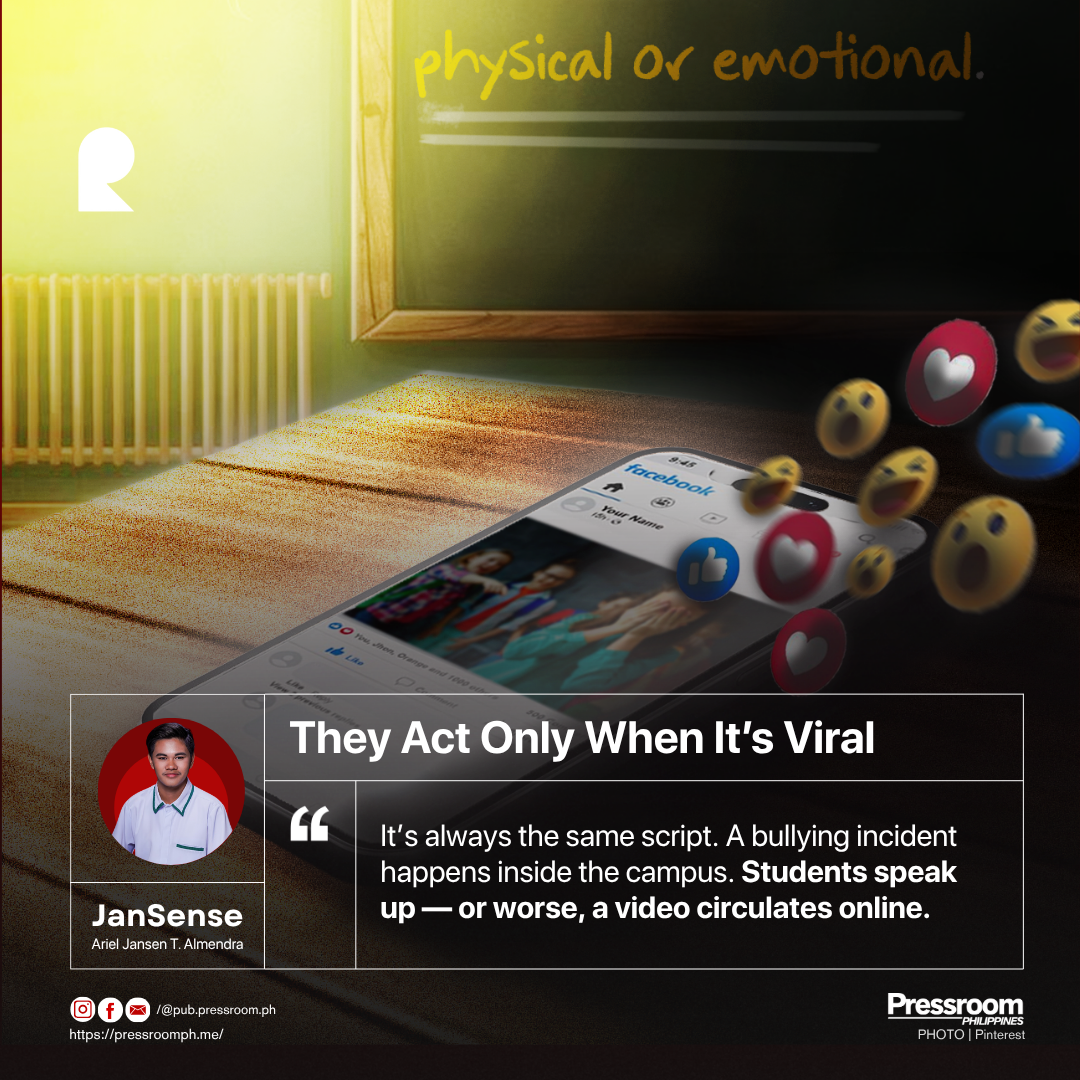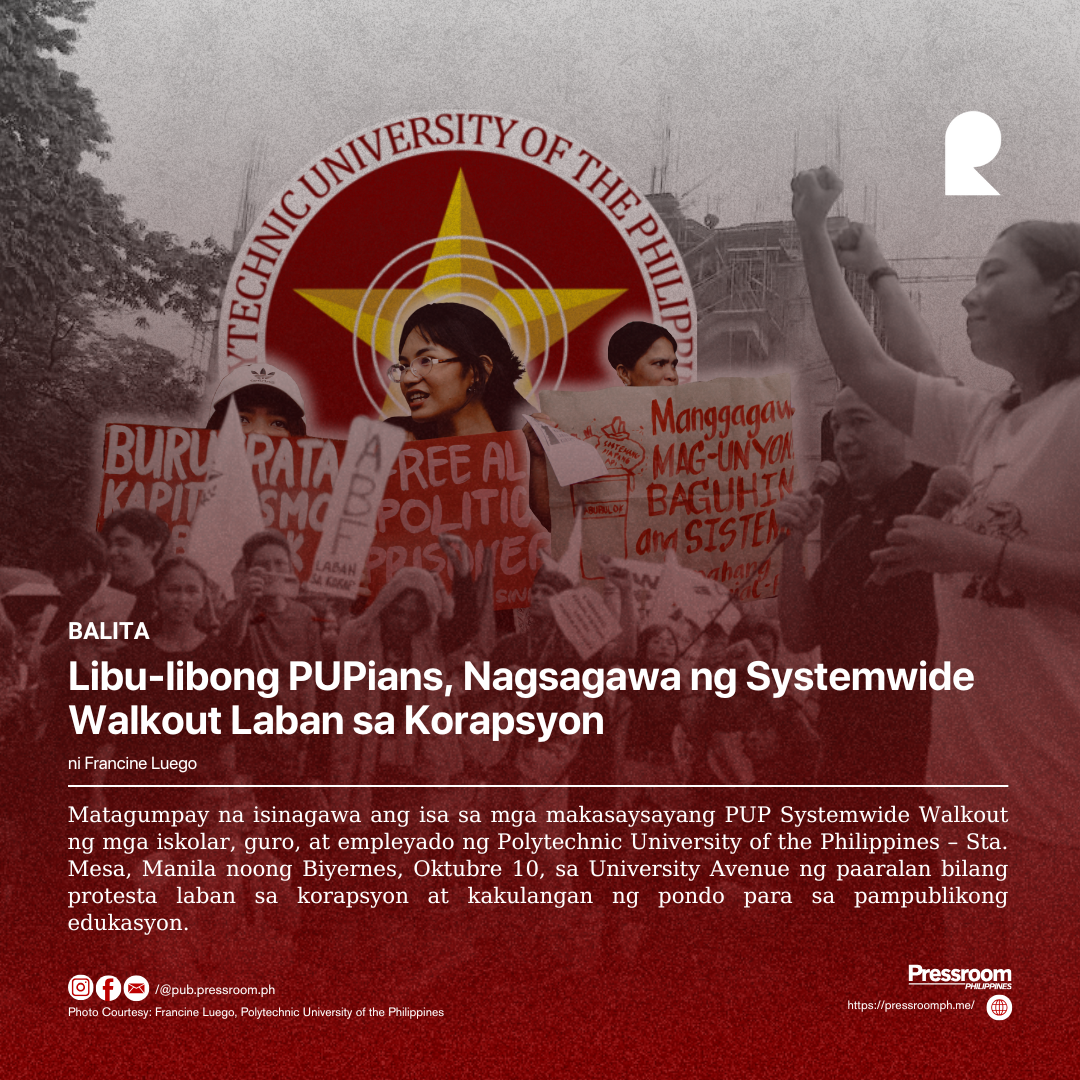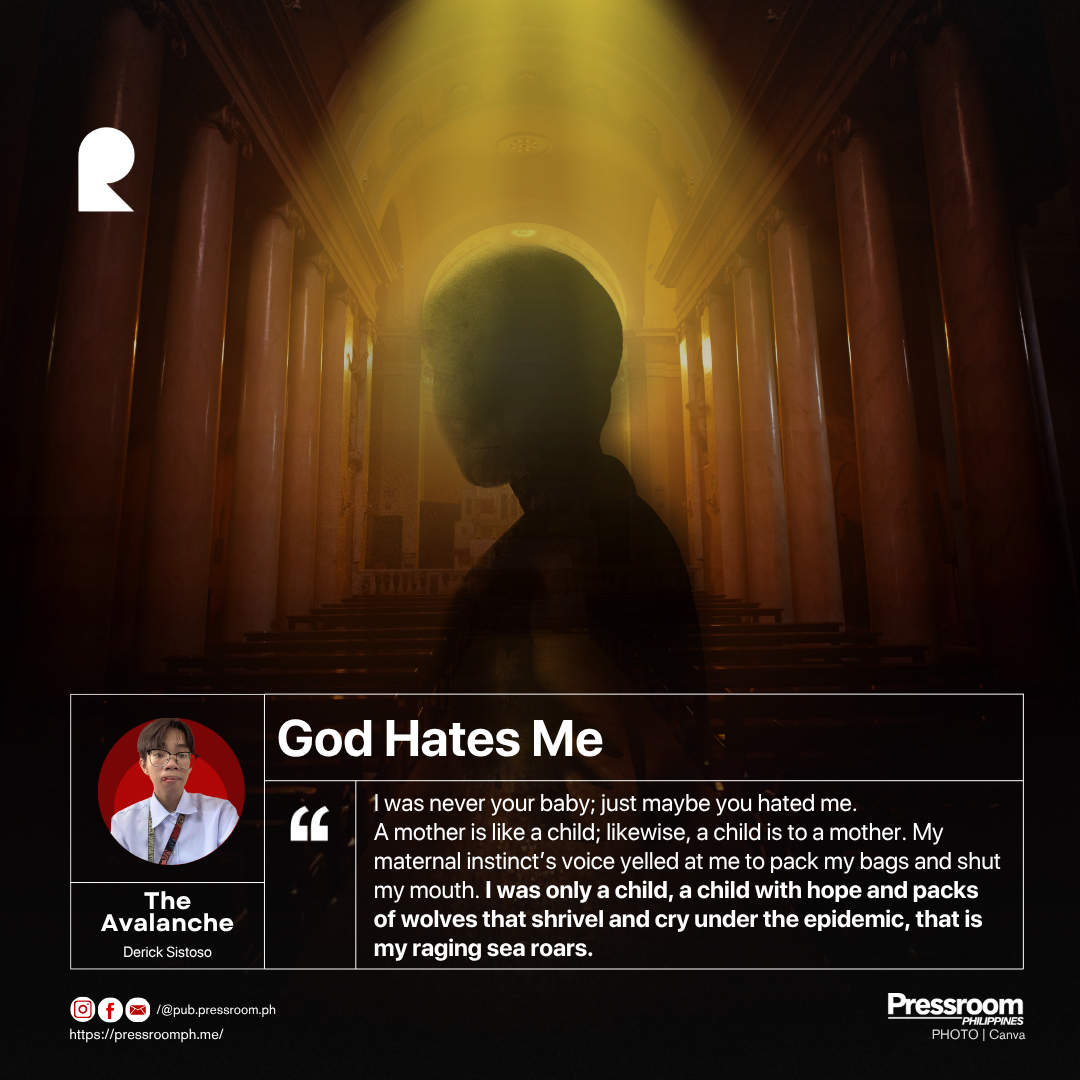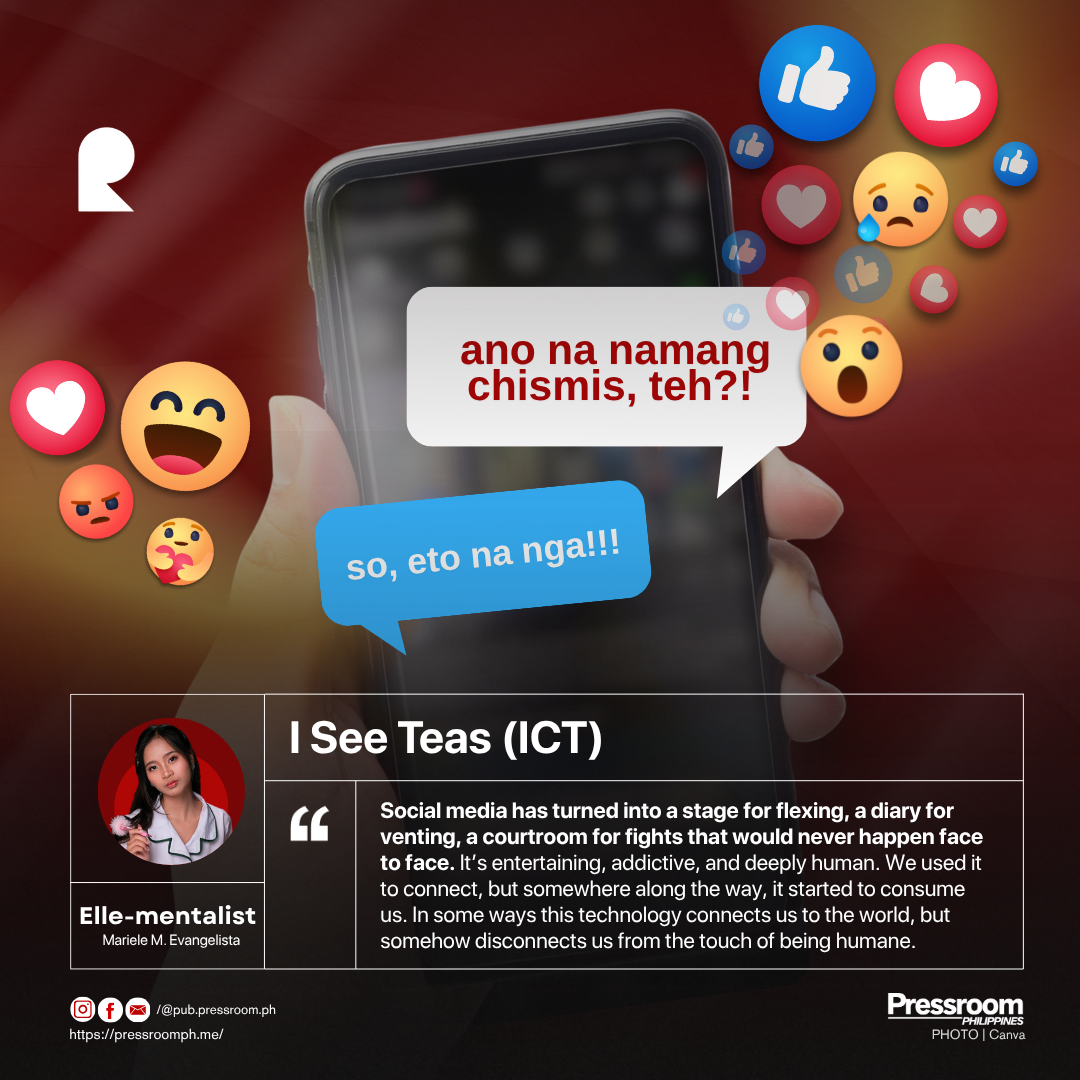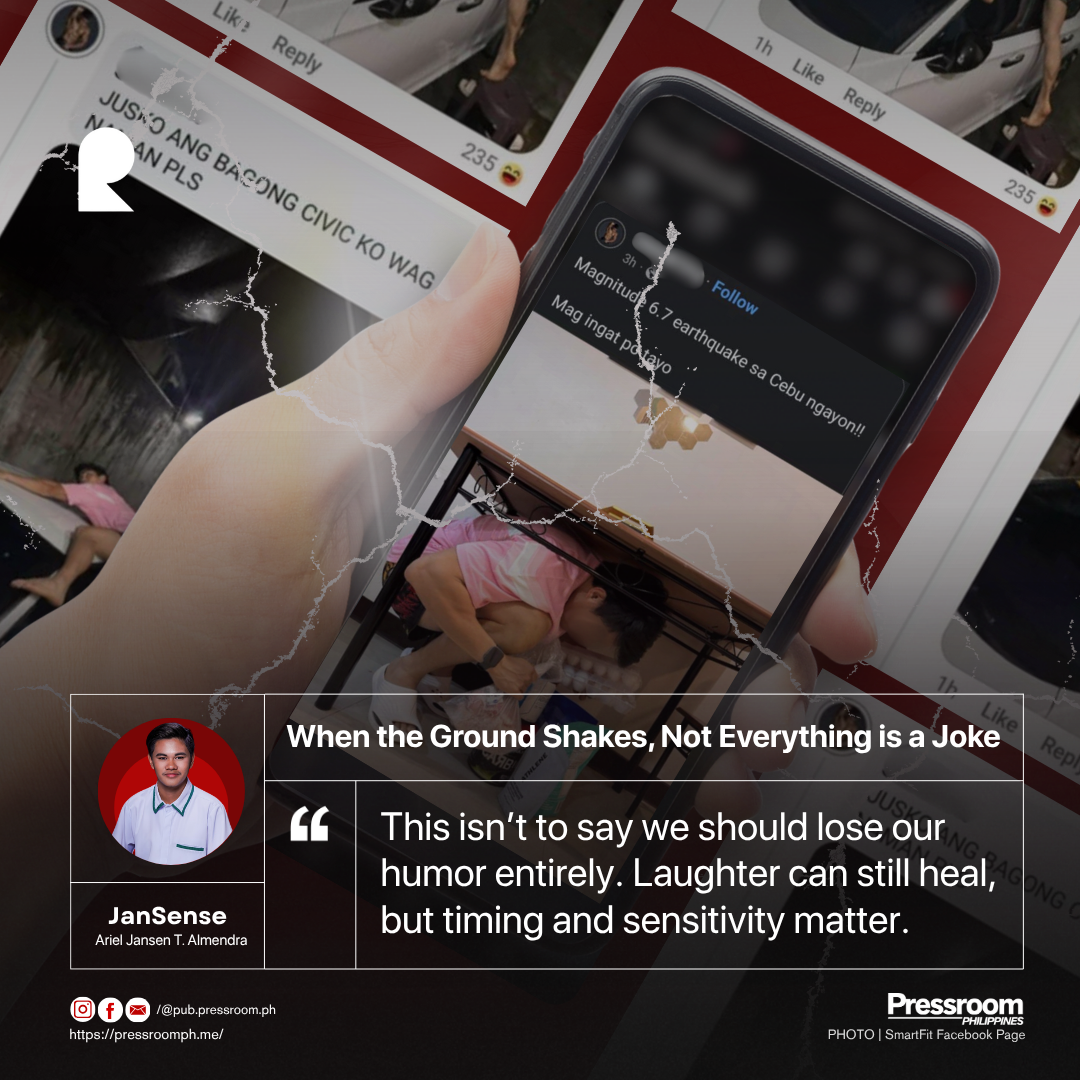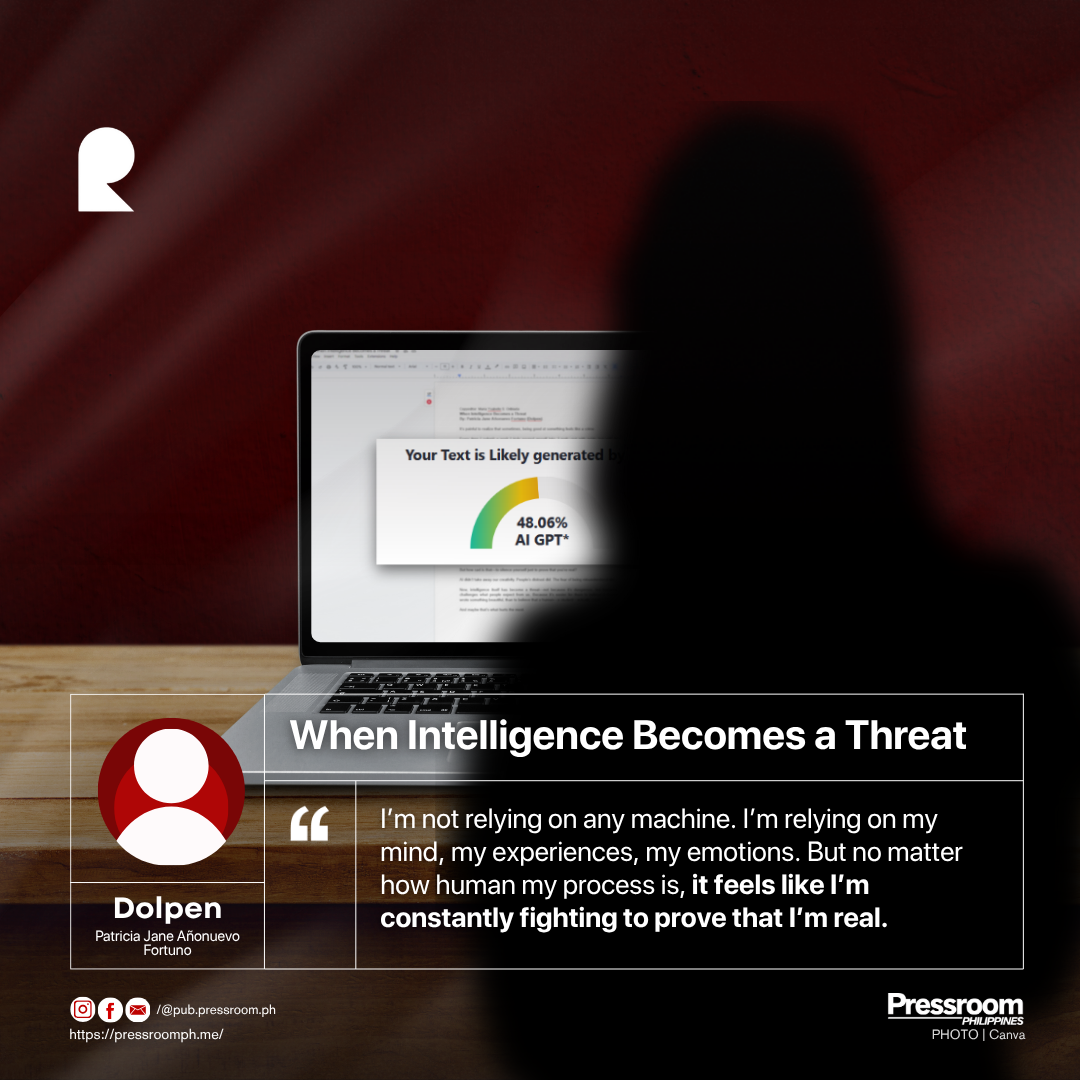via Ariel Jansen T. Almendra
It’s always the same script. A bullying incident happens inside the campus. Students speak up — or worse, a video circulates online. Then suddenly, the institution scrambles… not to protect the victim, but to protect its name. A carefully crafted “statement” gets released, often laced with the same old lines: “We are currently investigating the matter.” And just like that, they think it’s enough.
But here’s the bitter truth: words are not protection. Statements don’t heal bruises — physical or emotional. For victims, those hours between the incident and the so-called “action” are a lifetime of fear, shame, and silence. And when the administration chooses to act only after the public reacts, it says so much about what they truly value — their reputation over their students.
I’ve personally witnessed how a case like this unfolded. A bullying incident happened right under their noses — yet nothing was done until a post went viral. It was only then that the institution moved, not out of urgency, but out of pressure. Instead of comforting the victim, they were more concerned about being “mentioned” online, as if protecting their name was more important than protecting a student.
Here’s the thing: if they truly care, they wouldn’t need to be called out online. A responsible institution acts on the day the incident happens — not days later, not after it trends. Bullying isn’t a “content problem” that needs damage control. It’s a safety issue that demands immediate action.
Institutions love to say they have “zero tolerance” for bullying. But zero tolerance means nothing if they tolerate it in silence. Justice delayed isn’t just justice denied — it’s trust shattered. And every time they choose to protect their name over their students, they teach the bullies that they can get away with it.
So the next time a school releases a neat little statement, maybe it’s time to ask: Are you protecting your students, or just protecting yourselves?
